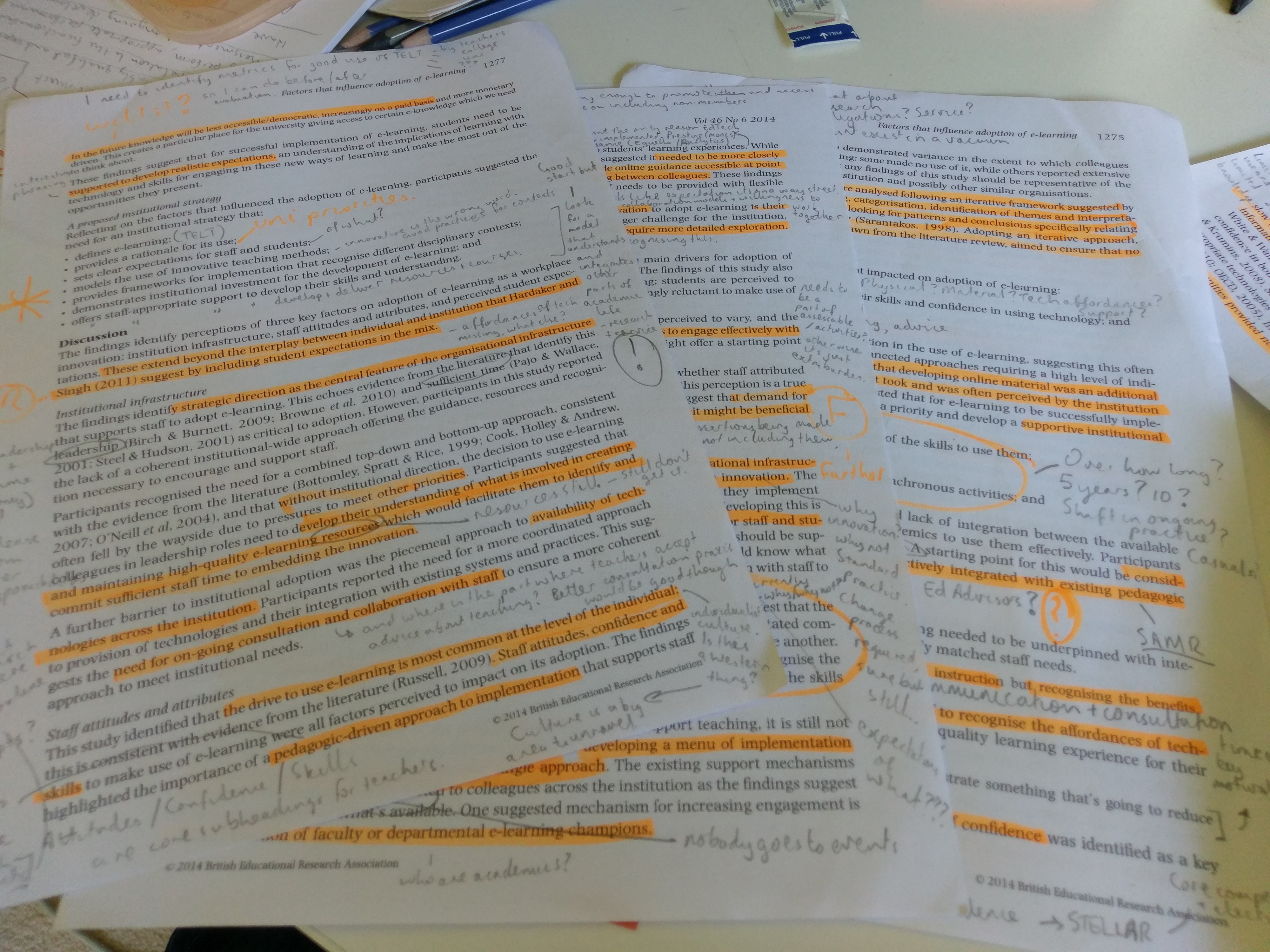How to. use secondary data and archival material Part: 3.
In its most classic sense, archival methods are those that involve the study of historical documents; that is, documents created at some point in the relatively distant past, providing us access.Dissertation examples. Listed below are some of the best examples of research projects and dissertations from undergraduate and taught postgraduate students at the University of Leeds We have not been able to gather examples from all schools. The module requirements for research projects may have changed since these examples were written.The Library holds selected student dissertations and projects that have been provided by the faculties as examples of good practice (the actual grades awarded are confidential). You can find UWE Bristol dissertations and projects in a number of ways: The dissertations are stored on Blackboard and arranged alphabetically by award title.
An understanding of the data analysis that you will carry out on your data can also be an expected component of the Research Strategy chapter of your dissertation write-up (i.e., usually Chapter Three: Research Strategy). Therefore, it is a good time to think about the data analysis process if you plan to start writing up this chapter at this stage.Archives exist both to preserve historic materials and to make them available for use. This guide addresses the second purpose by outlining the functions and procedures of archives, and is designed both for first-time archives users and scholars who have already conducted research in archives. The content covers: How archives function.

The Method chapter typically contains the following three subsections: Subjects or Participants, Instrumentation or Measures, and Procedures. In addition, the Method chapter of a dissertation proposal often contains a Statistical Analysis or Data Analysis section, in which procedures for approaching the data are outlined.












